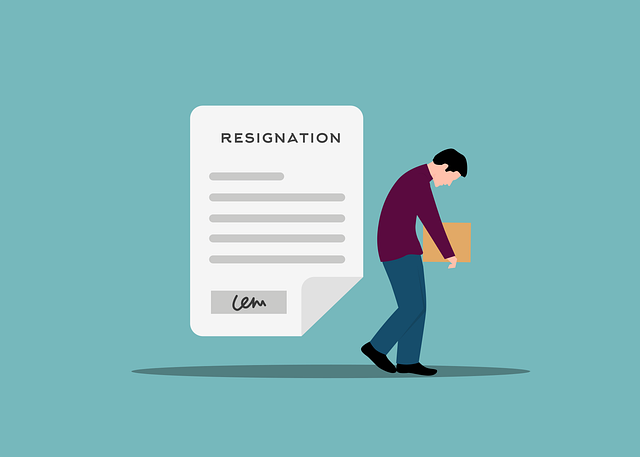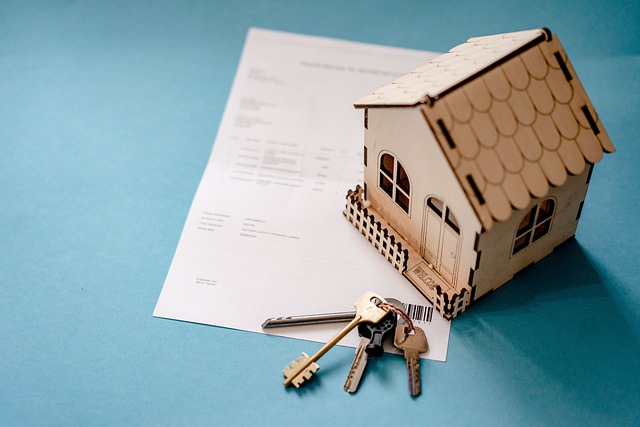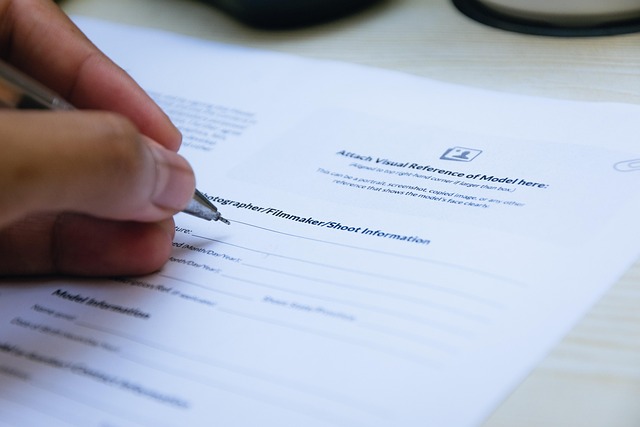Understanding your student rental agreement is essential for a smooth living experience while studying. This text provides a student lease guide to demystify lease terms explained and rental contract terms. Key clauses students should know include duration, payment schedules, maintenance responsibilities, and ending tenancy rules to protect their rights, avoid unexpected issues, and make informed decisions. By familiarizing themselves with these lease terms, students can negotiate fair conditions, manage expectations, and maintain a positive relationship with landlords or property managers.
Navigating the world of student housing through lease agreements can be daunting. This comprehensive guide decodes essential lease terms and rights for students, empowering them to make informed decisions. From lease duration and payment structures to tenant responsibilities and dispute resolution, we cover it all. Understanding your rental agreement is crucial for a positive living experience. Dive into our detailed sections on lease terms explained, student rental agreements, and key lease clauses students should never overlook.
- Lease Terms Explained: A Student's Perspective
- – Definition of key lease terms
- – Duration and renewal options
- – Payment structures and due dates
- Student Rental Agreements: What to Look For
- – Types of student rental agreements (e.g., fixed-term, monthly)
Lease Terms Explained: A Student's Perspective

When it comes to renting a place to live while studying, understanding your rental agreement is paramount. As a student, navigating lease terms explained in a student rental agreements can seem daunting, but knowing key clauses is essential for a smooth living experience. Familiarize yourself with common rental contract terms such as lease duration, payment schedules (including deposit amounts), and rules regarding subletting or pet ownership.
This student lease guide should also shed light on lease clauses students often encounter, like maintenance responsibilities, procedures for addressing issues, and the process of ending the tenancy. By demystifying these lease terms explained, students can make informed decisions, protect their rights, and avoid unexpected pitfalls during their rental journey.
– Definition of key lease terms

When it comes to student rental agreements, understanding lease terms explained is crucial for a smooth living experience. A lease agreement, or rental contract terms, outlines the rights and responsibilities between a landlord and tenant. It’s a student lease guide that details important lease clauses students need to be aware of before signing. This includes information on rent amount and due dates, property conditions, allowed occupants, pet policies (if any), and termination or notice periods.
Knowing these lease terms is essential for avoiding unexpected fees or evictions. For instance, rental contract terms may specify maintenance responsibilities, especially in cases of damages or repairs needed within the property. Being familiar with lease clauses students also empowers them to negotiate fair conditions, ensure their safety, and protect their rights as tenants.
– Duration and renewal options

When signing a lease agreement as a student, one of the crucial aspects to understand is the duration and renewal options. Student rental agreements typically come with specific lease terms explained clearly in the contract. These terms outline when your tenancy begins and ends, often aligning with academic semesters or school year cycles. Knowing these dates ensures you’re prepared for moving in and out, avoiding any unexpected penalties or issues.
The student lease guide should also detail the renewal process and any associated costs. Some leases offer automatic renewals, while others may require written notice or specific actions from both parties to extend the tenancy. Understanding these lease clauses students often face is essential, as it gives you control over your living situation and helps manage expectations with your landlord.
– Payment structures and due dates

When it comes to understanding your lease agreement as a student, one of the most crucial aspects is grasping the payment structure and due dates. This forms a significant part of your rental contract terms, so it’s essential to be clear on what and when you need to pay. Your student rental agreements typically outline regular rent payments, often due on the first day of each month. Some leases may also include clauses for additional fees, such as late payment charges or utility costs. It’s important to carefully read and interpret these lease clauses students to avoid any surprises.
The lease terms explained in your agreement will specify when you need to make each payment, how much is due, and the consequences of missing a deadline. Late payments can incur fees, and understanding these rental contract terms is vital to maintaining a good relationship with your landlord or property manager. This student lease guide ensures that you’re prepared for the financial responsibilities of renting while focusing on your studies.
Student Rental Agreements: What to Look For

When it comes to student rental agreements, understanding the lease terms is crucial for a smooth living experience. As a student, it’s essential to look for key elements in any rental contract before signing. A comprehensive student lease guide should outline various lease clauses specifically tailored to students’ needs and rights.
Focus on lease terms explained, such as duration of stay, rent payment schedules, and maintenance responsibilities. Ensure the agreement details the condition of the property at move-in and outlines procedures for addressing any damages or repairs. Check for specific rules regarding guests, pets, and quiet hours to ensure they align with your preferences and local regulations. Understanding leases is a vital step in securing a safe and comfortable living environment during your academic journey.
– Types of student rental agreements (e.g., fixed-term, monthly)

When it comes to choosing a place to live while studying, students often have various rental agreement options. The most common types are fixed-term and monthly leases, each with distinct advantages and considerations. A fixed-term lease offers tenants a set duration for their stay, usually ranging from a semester to a year. This provides stability and predictability, as both the landlord and tenant know the exact move-in and move-out dates. It’s ideal for students who want long-term security or have consistent funding throughout their academic year.
On the other hand, monthly leases offer more flexibility, allowing tenants to stay as long as they need, typically with a 30-day notice period for moving out. This option is perfect for students with unpredictable schedules, like those on exchange programs or those who might extend their studies. Understanding lease terms explained is crucial for students to avoid any surprises. Key lease clauses students should be aware of include payment terms, late fees, maintenance responsibilities, and subletting rules, which vary across rental contracts. A student lease guide can help navigate these details, ensuring a smooth rental experience.






